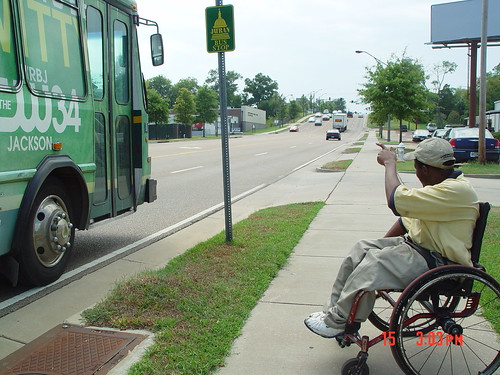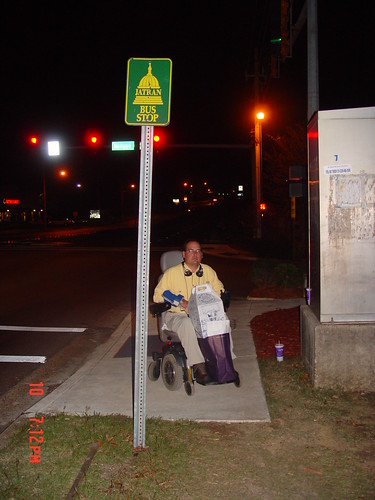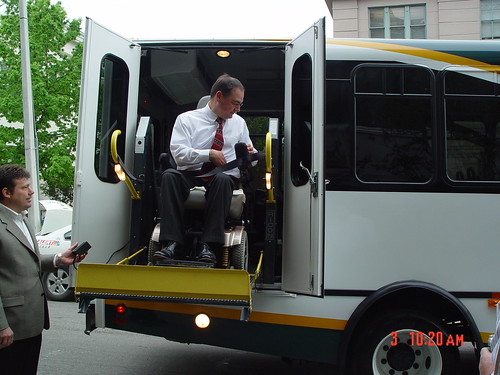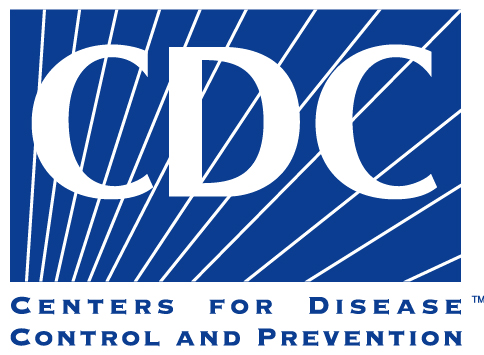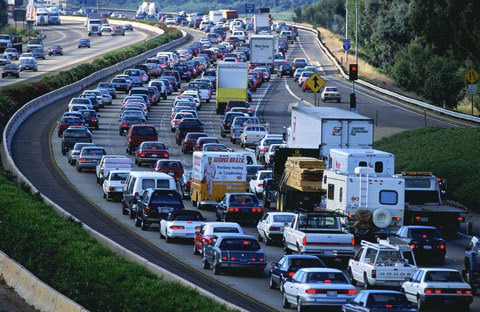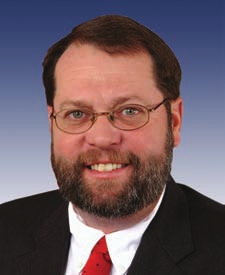Thousands rallied last Friday at the Los Angeles City Hall in support of the jobs that could be created by a visionary program to fast track a slate of planned public transportation projects — if the federal government will do what’s necessary to help a metro area that’s helping itself.
At the rally, Transportation for America’s deputy director Lea Schuster stood shoulder-to-shoulder with prominent labor leaders and California lawmakers to tell Washington to help speed up the 30/10 Plan – a plan to build 12 major local transit projects in 10 years rather than 30. The plan would spur economic growth and protect the environment, create 166,000 jobs, ease congestion, and reduce air pollution and dependency on oil.
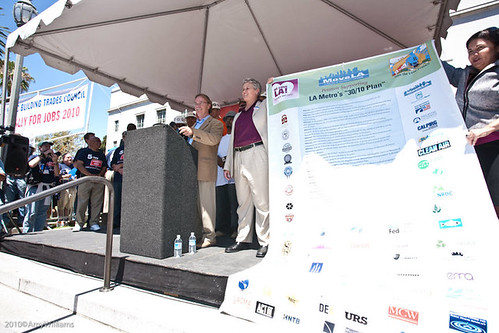 |
| LA Labor Rally Denny: Lea Originally uploaded by Transportation for America to Flickr. |
| Move LA’s Denny Zane speaks at the podium, flanked on his right by T4 deputy director Lea Schuster, holding the Move LA banner touting the 30/10 plan for the LA metro area. |
If Congress establishes the programs needed to move 30/10 forward, cities and regions around the country that have local transportation tax measures could receive up-front loans from the federal government to speed the construction of vital public transportation projects and programs. Fast-tracking the projects and speeding up the timetable would save millions in escalating material costs, while creating thousands of new jobs in the short run. Guaranteed and preapproved local tax revenues would then be used to repay the loans.
In the case of Los Angeles, voters approved a measure at the ballot box (Measure R) to tax themselves for 30 years to pay for transportation. Implementing 30/10 would allow them to get the money up front to build 12 projects over 10 years and pay back the loans over 30 years.
Speakers supporting the effort to establish the federal lending programs included Senator Barbara Boxer, AFL-CIO President Rich Trumka, Los Angeles Mayor Antonio Villaraigosa, LA County Federation of Labor leader Maria Elena Durazo, and Move LA’s Denny Zane.
All the speakers cited 30/10 as a job creating and environmentally progressive transportation model for the rest of the country. As Senator Boxer said, “We know if we do embrace this notion of 30/10, we will create thousands of good-paying union jobs and we will reduce our billion-dollar-a-day addiction to foreign oil.”
LA area Representatives Jane Harman and Judy Chu both stated their support for the initiative with Jane Harman declaring, “30/10”’ will be my number one priority in Congress. And LA labor leader Richard Slawson hailed it as “our stimulus package.”
As roads, freeways and bridges have grown increasingly congested and fallen into a state of disrepair and federal transportation funds have become scarce, taxpayers in communities across the country have voted to tax themselves to raise money for long-term transportation programs to expand public transportation and fix aging infrastructure — proving again that Americans will increase their own taxes to pay for transportation if they know what their taxes are buying.
As with 30/10, well-planned transportation programs can provide the immediate economic stimulus needed to put people back to work and provide safe, clean, and affordable transportation options.
As Denny Zane, Executive Director of Move LA and one of the founders of the 30/10 Plan stated, getting the legislation needed to establish the federal lending programs to provide the upfront loans will take a national effort, a national coalition, and national leaders. He cited the success of Transportation for America and its leadership in putting together a coalition of more than 500 organizations and elected officials fighting for federal transportation reform as performing the “type of work that we need” and being the campaign that will “help put the votes together” to establish the programs to ensure that the 30/10 Plan and other initiatives like it become a reality.






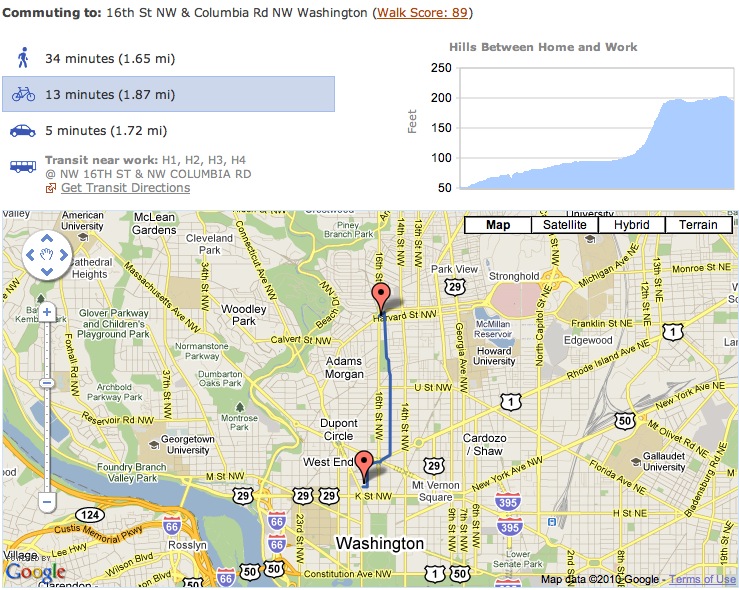
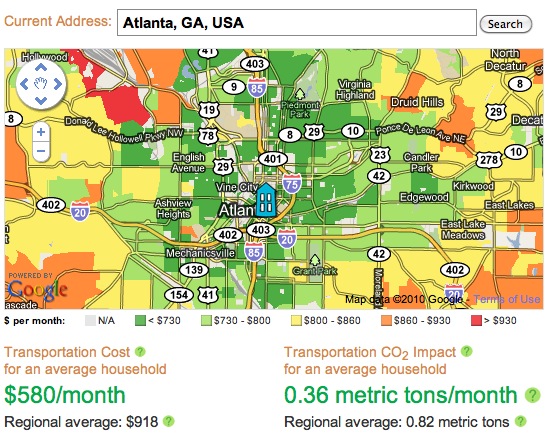
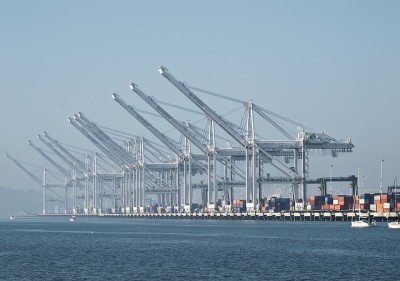
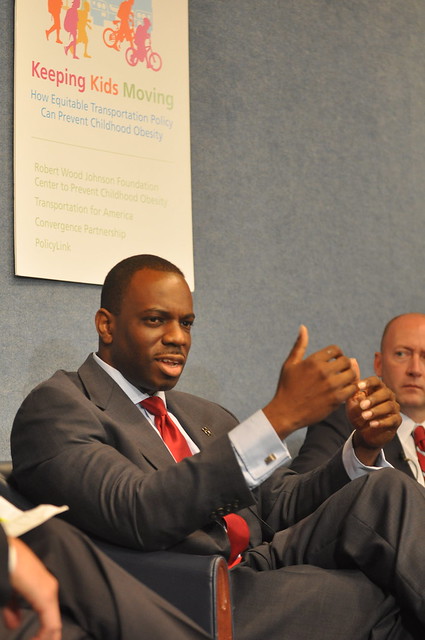
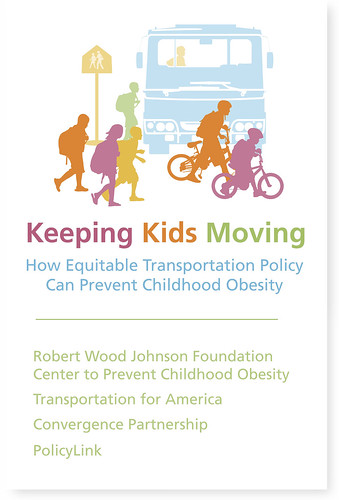

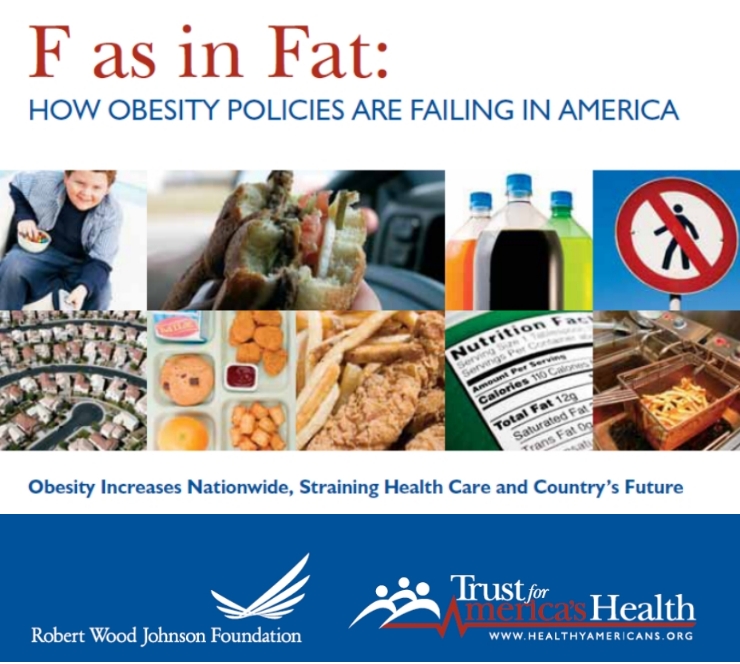
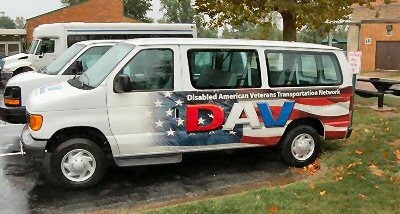
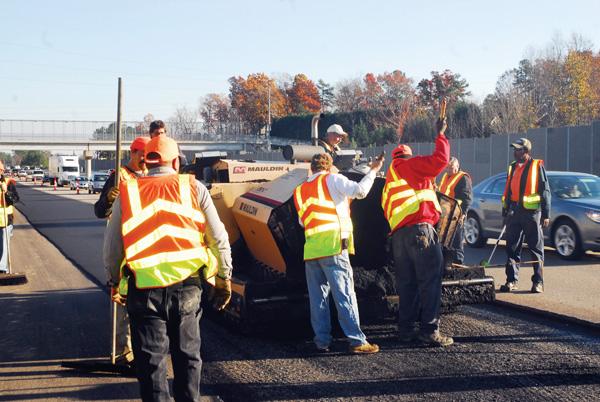
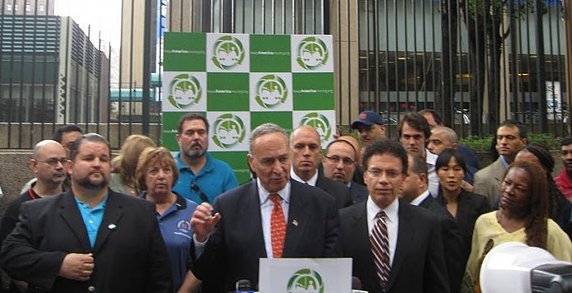
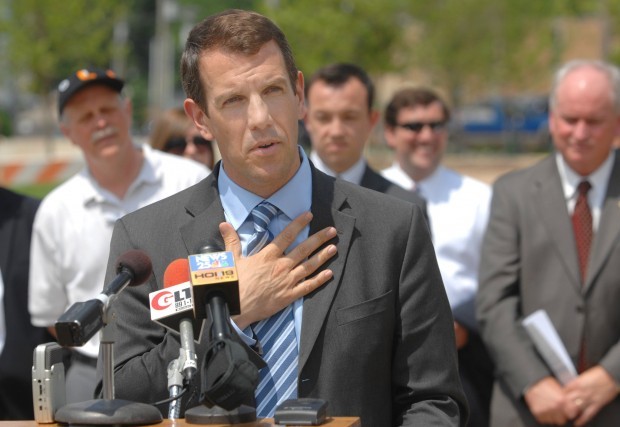

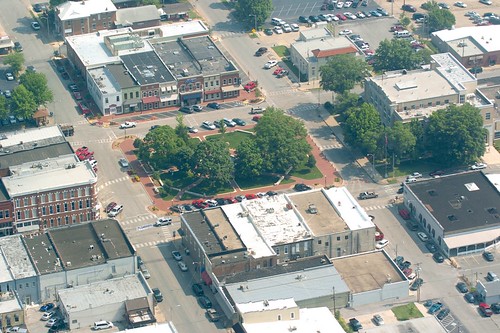

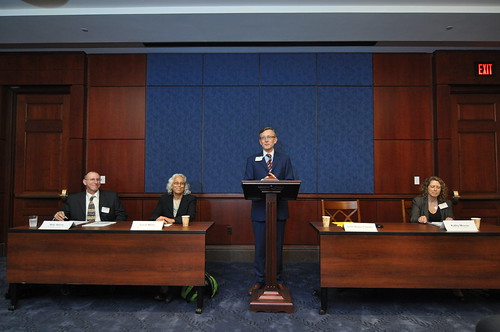
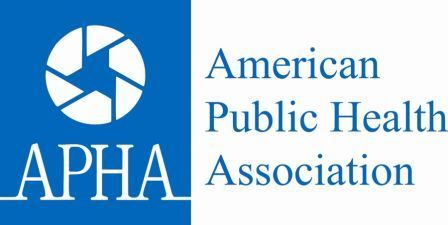
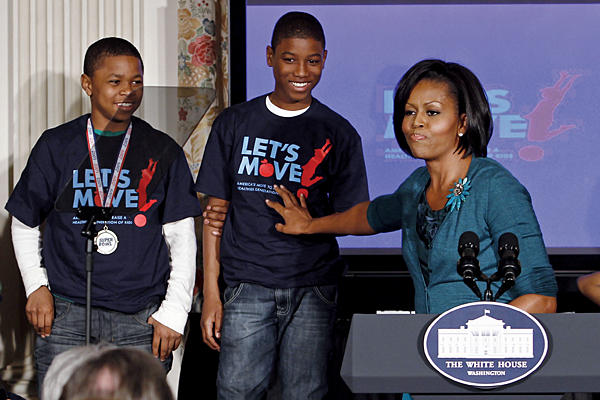
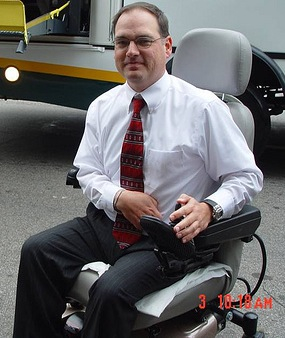 In the midst of discouraging news coming from hundreds of transit agencies across the country facing difficult choices in the midst of budget crises (
In the midst of discouraging news coming from hundreds of transit agencies across the country facing difficult choices in the midst of budget crises (